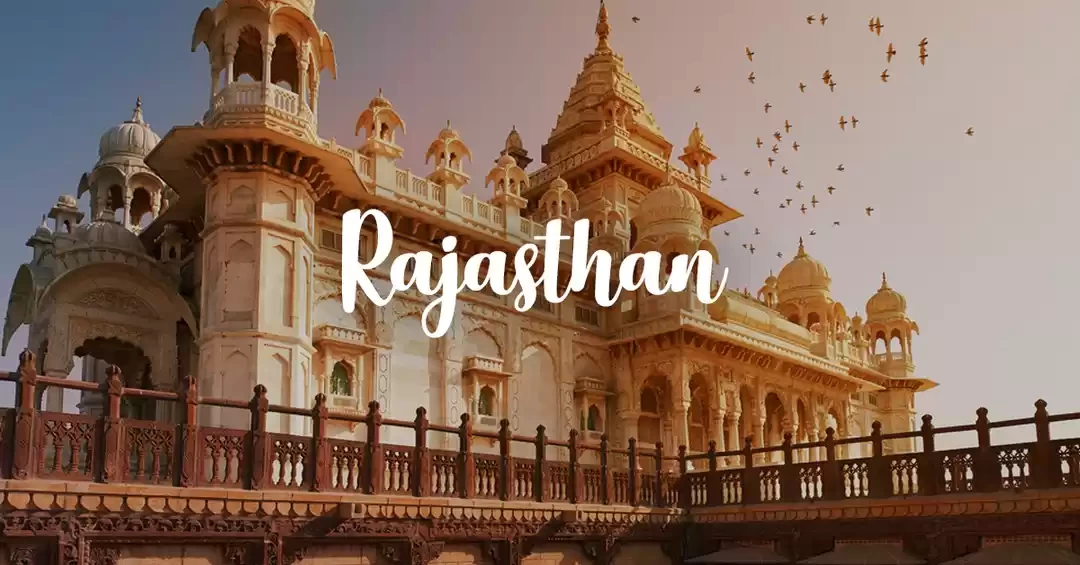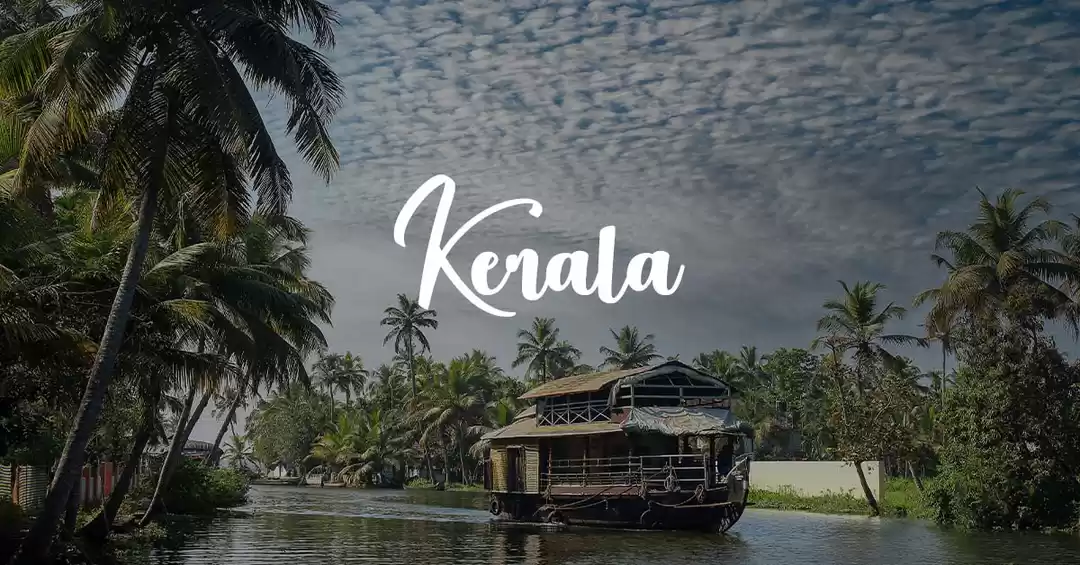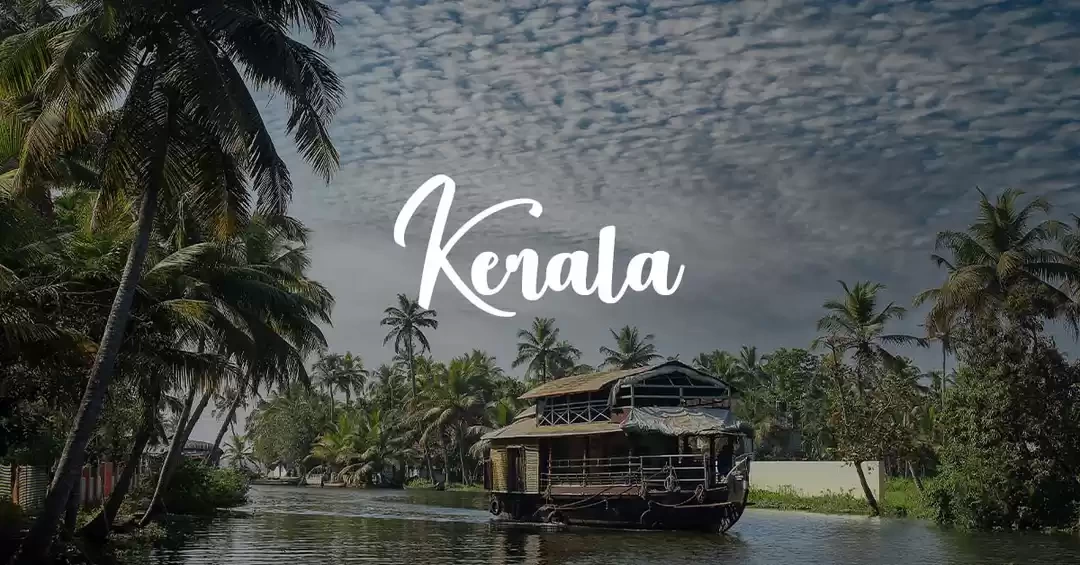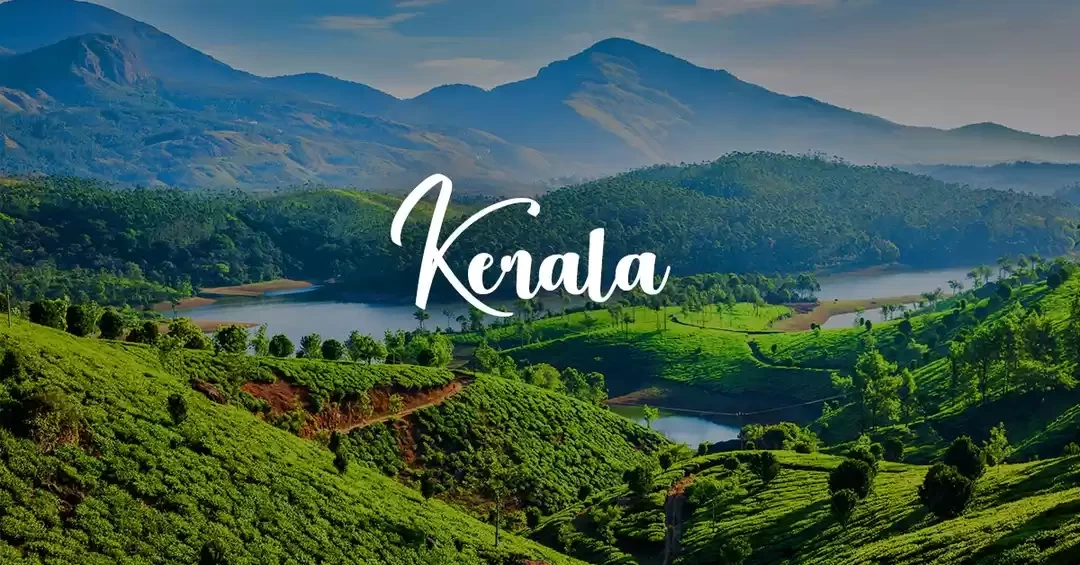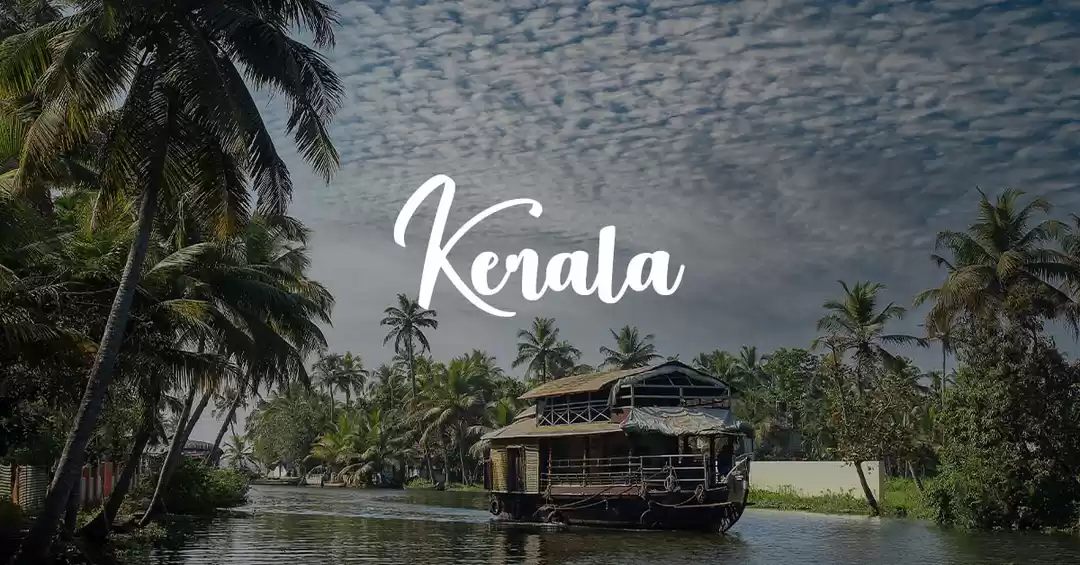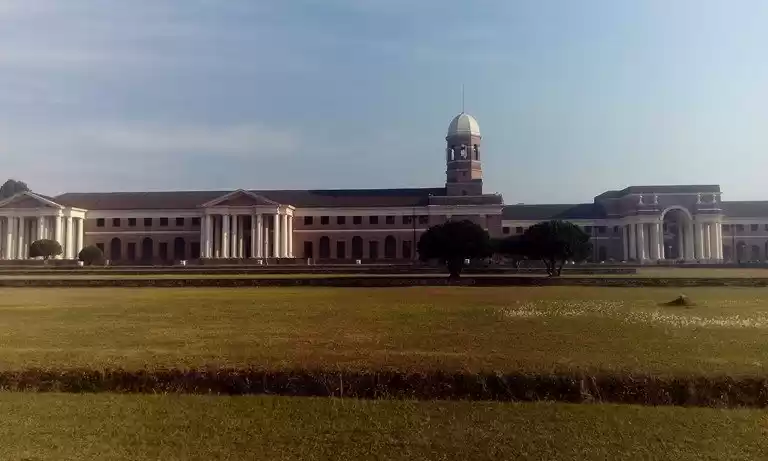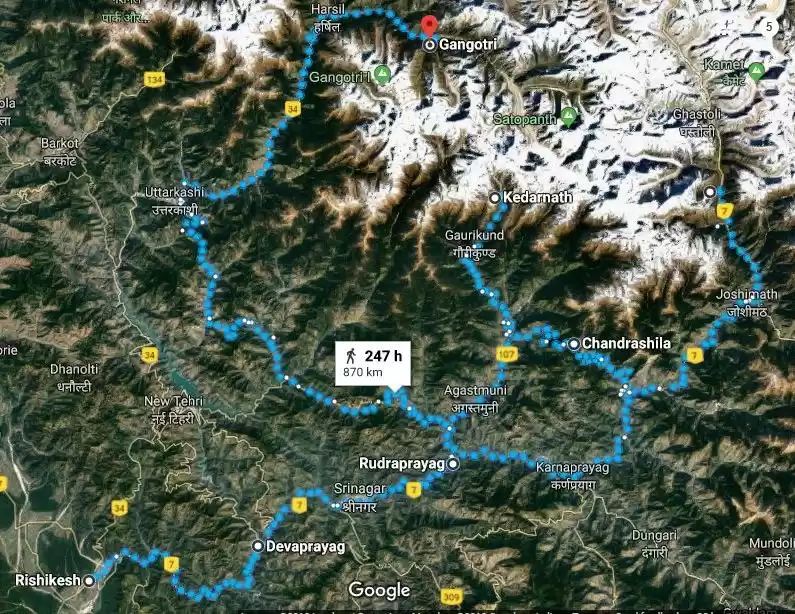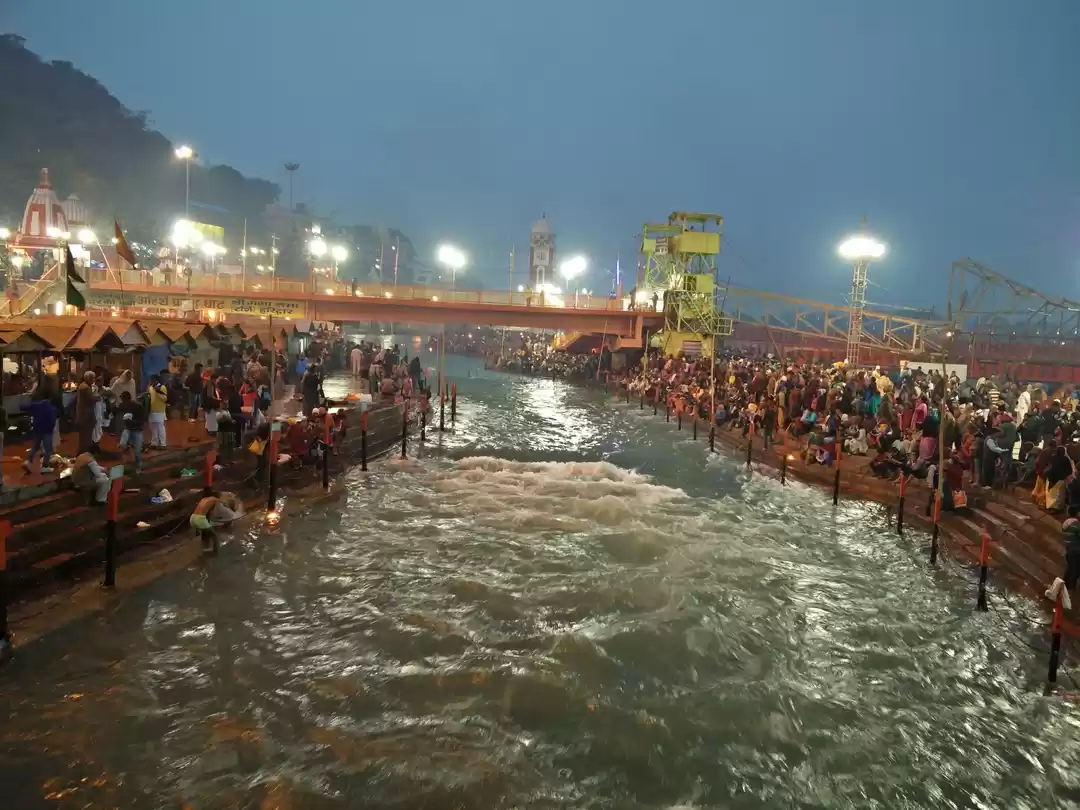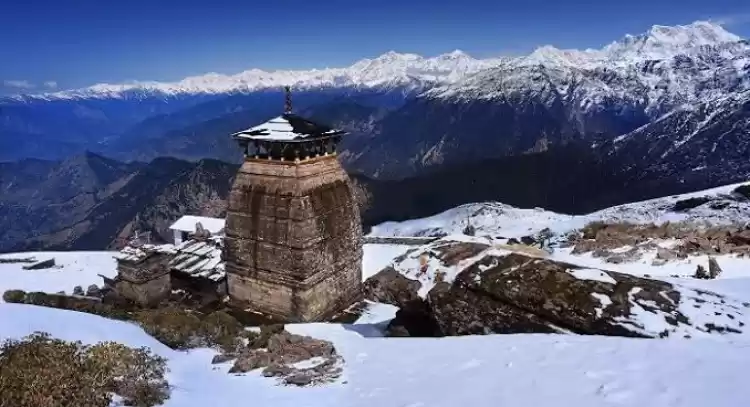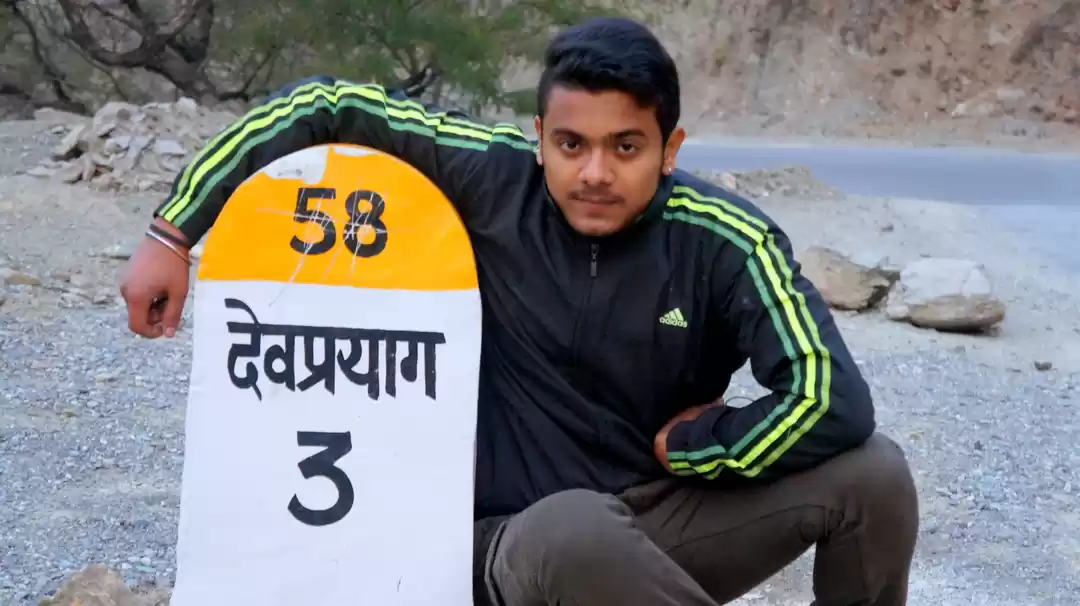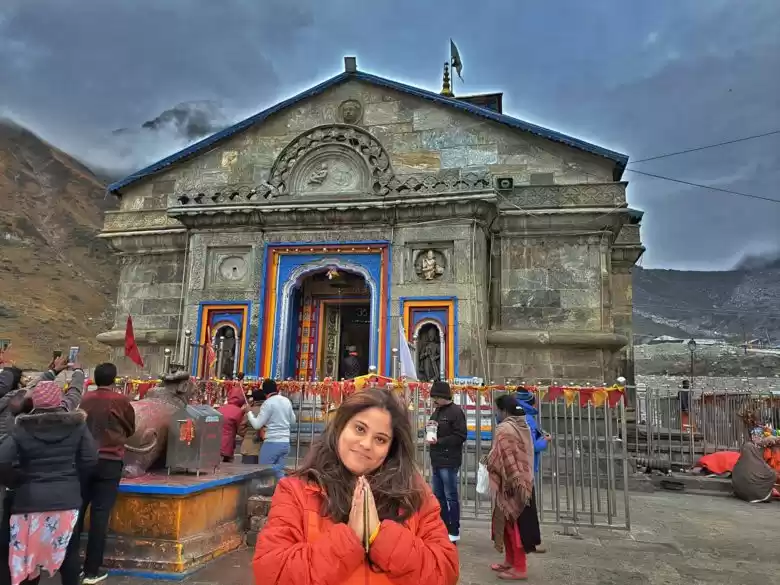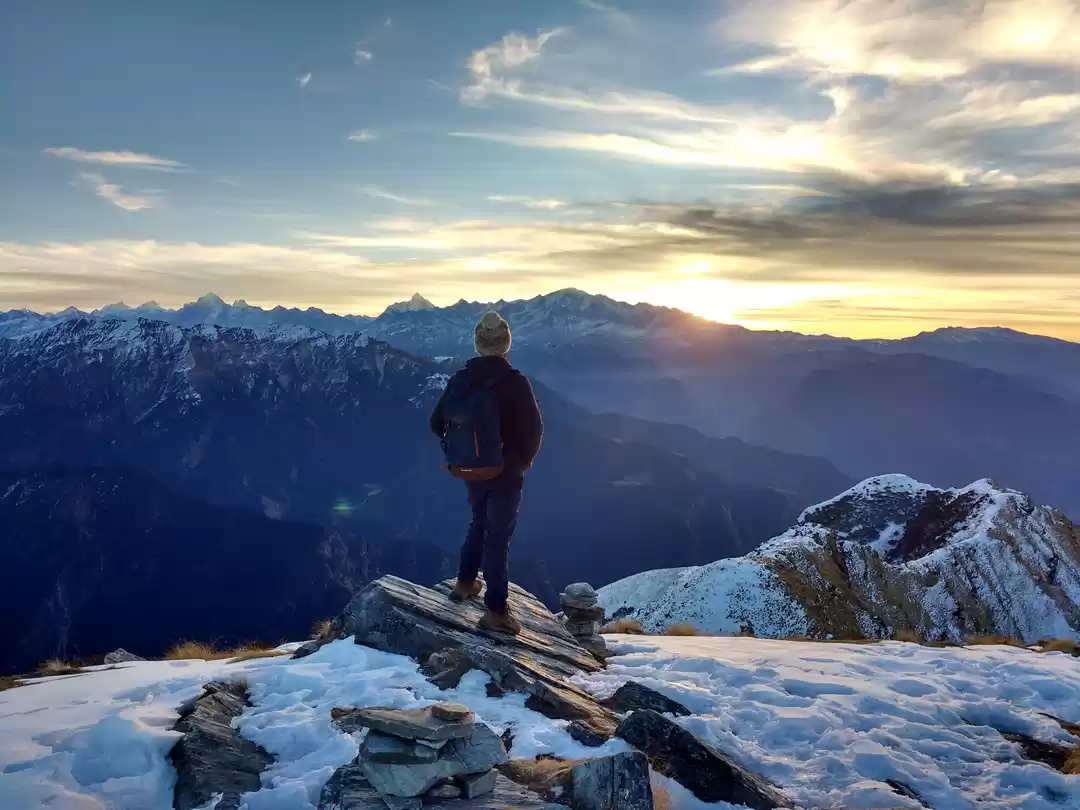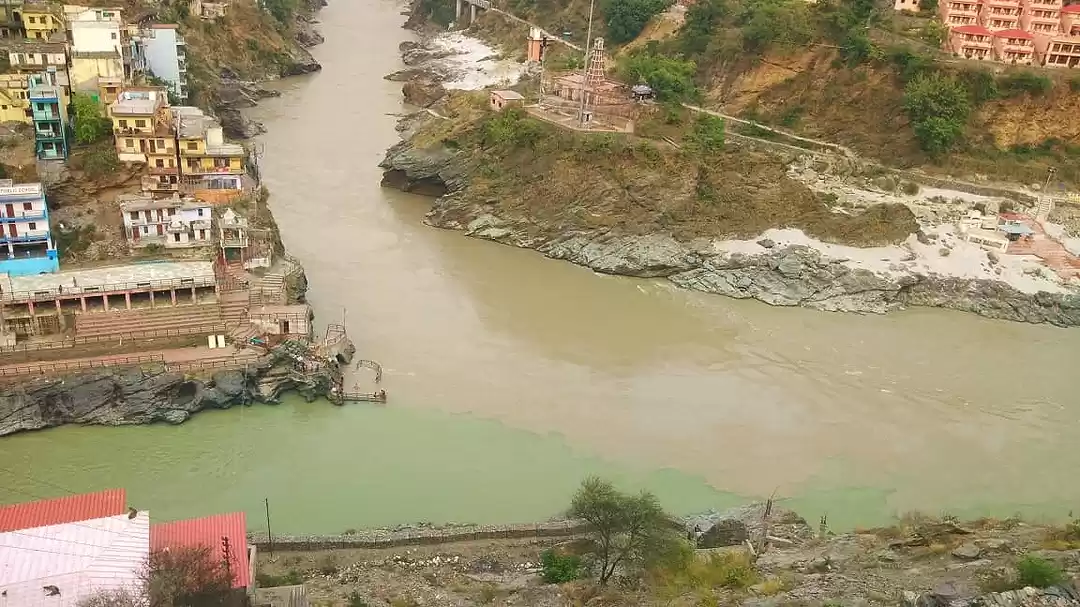
There are journeys which you do not plan, it will just happen to you. For me this was the same kind of trip which came on my way. If I planned this trip, this was never gonna happened.




"River always taught me one thing that, to attain peace you must go through difficult terrains.
Mainly the shrine is considered as the abode of lord Shiva as the name tryambakeshwar means the same, 'The abode of Three-Eyed.

A majestic view of evening Aarti performed by the priest near the ghats of holy Ganga. This River is worshipped as a goddess Ganga in Sanatan dharma.




The main stem of the Ganges begins at the town of Devprayag, at confluence of the Alaknanda and the Bhagirathi, which is considered the source stem by ancient Indians. It is the most sacred river here in India. It is lifeline to millions of Indians who lives along its course and depend on it for their daily needs.



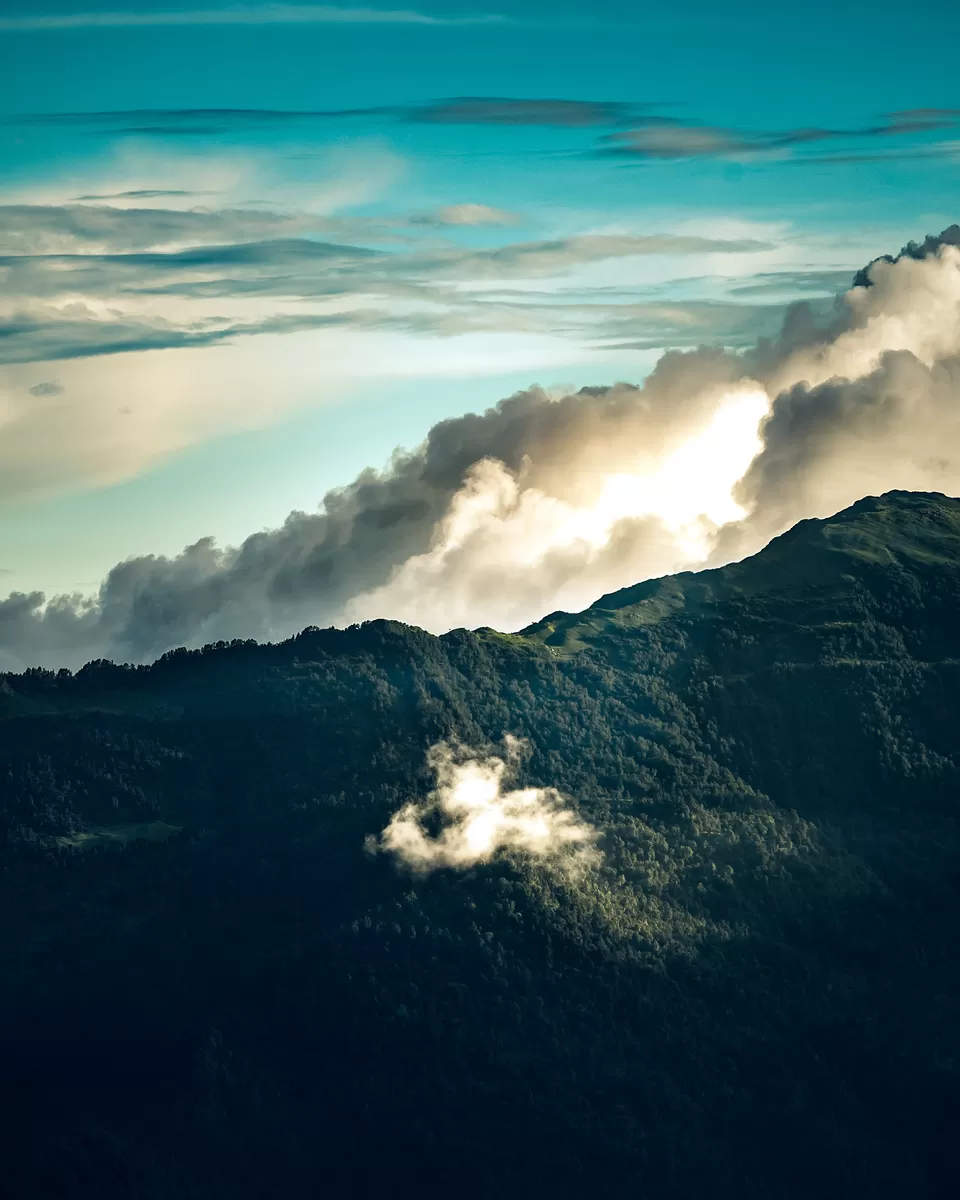


This temple, over a thousand years old is built of massive stone slabs over a large rectangular platform.
An interesting fact about Kedarnath is the derivation of its name. A tale of the past says that once to save themselves from demons, the gods worshipped Lord Shiva for their protection. Lord Shiva appeared, disguised as a bull; he said to the 'Kodarum'. With his horns and hooves Lord Shiva destroyed the demons and threw them into the Mandakini River. Thus the name derived from the name 'Kodarum'.
Kedarnath has been a pilgrimage centre since the ancient times, although it is not certain who constructed the original Kedarnath temple and when. A mythological account ascribes the temple construction to the legendary Pandava brothers mentioned in the Mahabharata. One of the earliest reference to Kedarnath occurs in the Skanda Purana (c. 7th-8th century), which names Kedara (Kedarnath) as the place where Shiva released the holy water from his matted hair, resulting in the formation of the Ganga river.










